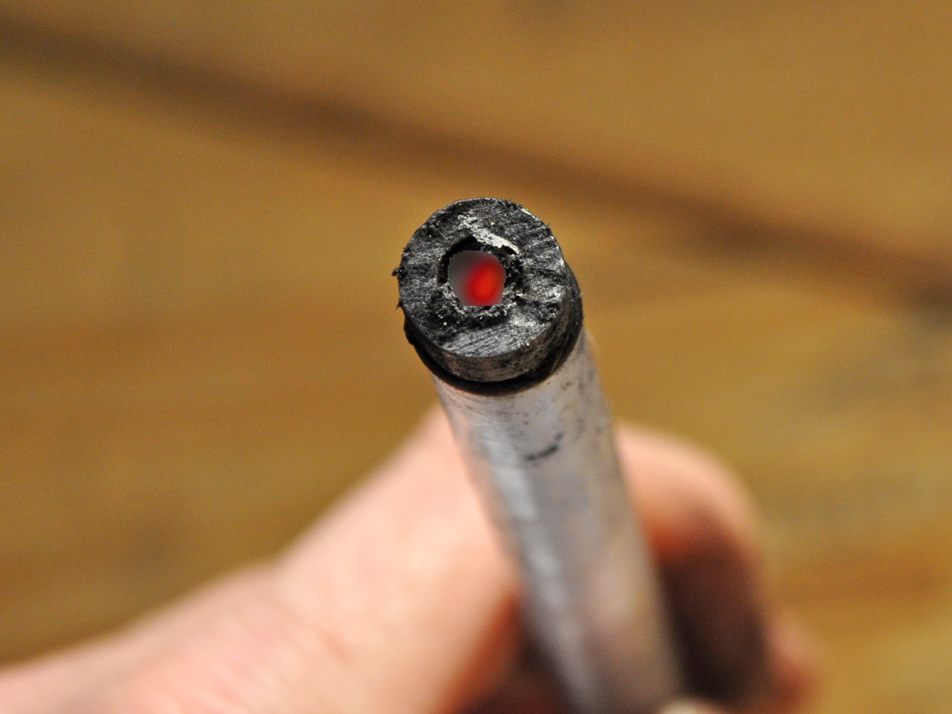Carl von Linde was dead tired. The eminent engineer, considered the father of the modern refrigerator, had just returned to his home in Germany from a lecture tour that took him to, among other places, Malaysia. This being the late 19th century, the voyage had taken months. Von Linde had seen and learned much during his excursion to Southeast Asia, and as a faculty member of the prestigious Munich Technical University, he was obligated to deliver a presentation on the results and findings of his trip to students and faculty.
During his lecture, the fatigued Herr Doktor felt the need for a nicotine hit. He paused and withdrew from his pocket a small wooden cylinder and plunger, which he called “ein Feuerkoben.” The small device was a gift from the people he had met on Penang Island in the Strait of Malacca. The indigenous people of the region used it to start fires. A person experienced in the use of the Feuerkoben, or fire piston, could reliably provide hot, glowing embers anytime they were needed, even under the humid conditions of the rain forest.
At the lectern, von Linde slapped the plunger down and the tinder inside ignited. He plucked out a glowing ember and lit his cigarette with it. It was a neat gesture; to the audience, it looked like he had produced fire from nothing at all — no match, no flint. The fire had magically appeared from the bottom of an empty, hollowed-out tube.
The concept was not lost on audience member Rudolf Diesel, who was one of Professor von Linde’s most promising students. Diesel had been experimenting with the recently invented internal combustion engine and was growing frustrated with the spark-ignition engine’s inherent low efficiency. When von Linde lit that cigarette, a question jumped into Diesel’s head: Could the same thermodynamic process that ignited the tinder in the bottom of the fire piston also ignite fuel in an internal combustion engine? If so, perhaps here was a way to significantly improve the engine’s efficiency. And as history proved, it was indeed.
Unlike typical gasoline engines, the eponymous and now ubiquitous diesel engine has no spark plug or carburetor. Instead, the diesel engine works by compressing fuel under very high pressures. When the fuel-air mixture in the cylinder compresses, it also gets very hot. In fact, it quickly exceeds the flash temperature of the fuel and ignites it. The compressed gas expands violently upon ignition and pushes the compressing piston away with enough force to easily turn a drivetrain.
Scientists had known for 100 years that compressing a gas in a closed, insulated space causes it to get hot. In 1809, French scientist Joseph Gay-Lussac conducted experiments that proved the temperature of a fixed mass and volume of a gas is directly proportional to its pressure.
But it fell to Diesel to figure out how to use this knowledge to make a high-efficiency engine that could work with no need for a spark. Diesel published a paper in 1893 outlining his ideas for a spark-free, compression-ignition engine. In 1897, he built the world’s first working compression-ignition internal combustion engine.
Was von Linde’s fire piston the true antecedent of the Mack truck engine? Well, accounts vary, but one thing is certain: the fire piston is not only fun to make and use, it’s scientifically interesting and historically significant. Here’s how to make your own.


